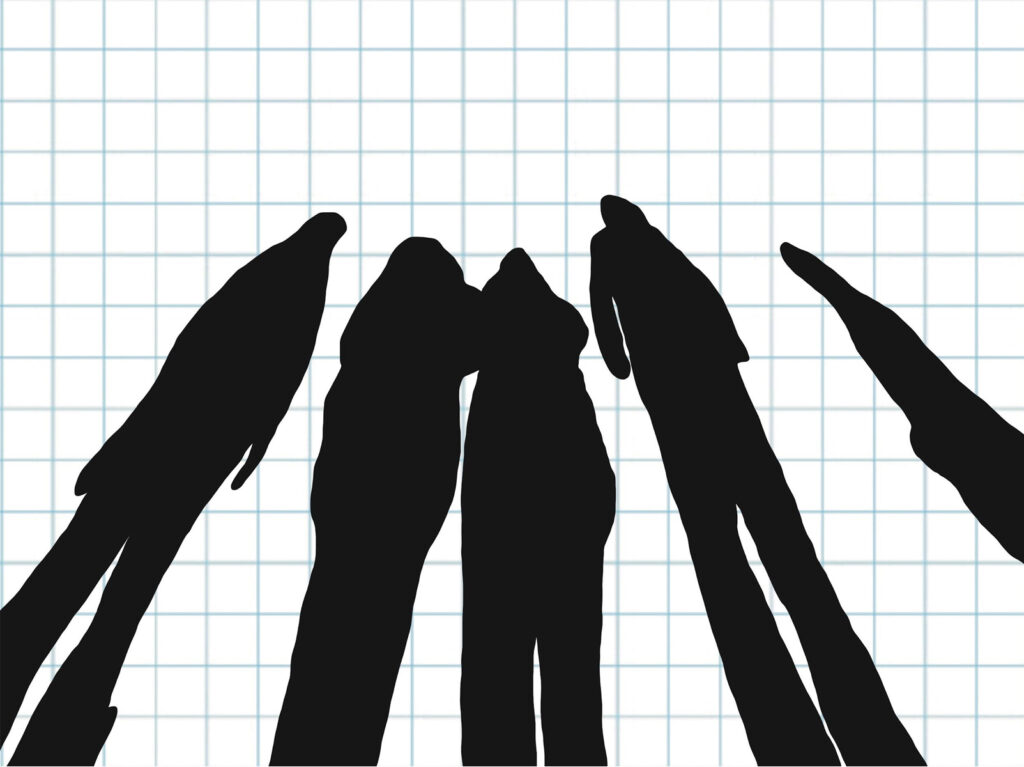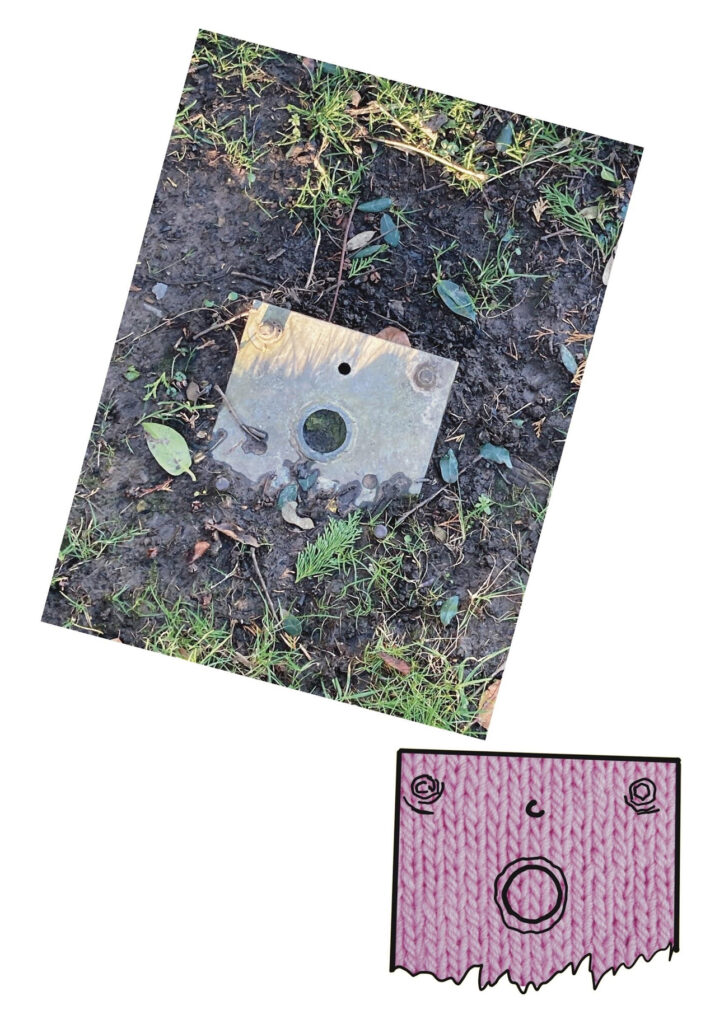Response to workshop with Kate Genever: Drawing Curiosities By Sommer Vass
Sommer Vass responds to the trips, talks and workshops so far, and how her sense of curiosity drives her creative practice...

Artists, Creators, Makers and Curators are infinitely curious. Over the last couple of weeks this is something that I’ve noticed during the workshops, talks and visits which have been organised for the Coastal North Fellowship. During talks, tours, visits and discussions, each person that we’ve met has communicated the sources of their own curiosity in some way. This is something that I’ve found comfort in.
We label projects that bring people together as ‘collaborative’ but what does this actually mean? Perhaps what brings us together and allows us to work collaboratively is our willingness and need to be curious. Kate Genever’s workshop both encouraged and demonstrated ways in which we might use our curiosity and the act of noticing collaboratively.
Through eating together, walking and talking we were able to collect points of curiosity by being open to noticing the things that we were drawn to in our surroundings. A drawing exercise allowed us to collate these in a way which made them more tangible. On a large roll of paper, which we had also used as a table cover whilst we ate and chatted with one another, we collated our curiosites as a collaborative whole. Our large drawing-tablecloth was no longer just a record of individual curiosities but now the source of our curiosity. We were able to use our collaborative material to find points of connection and difference. Through working together we were able to create something that we could use to continue working together because what we had created, represented and spoke to each of us both individually and collectively.
Kate’s practice could be described as expansive and collaborative but Kate also described her practice more broadly as drawing. Drawing, as Kate identified, can be used to describe the act of drawing on experience or the drawing together of people and ideas.
In Drawing as a Way of Knowing in Art and Science (2019), artist and researcher Gemma Anderson echos similar ideas when they position drawing more generally as an approach: Drawing is “a way of transforming invisible experience into visible, material and embodied knowledge, which in turn transforms further experience” (Anderson 2019, p. 20). The workshop that we took part in with Kate demonstrated a way in which we might use drawing not just as a method but as an approach to work collaboratively.
In this short reflection I repetitively use the words curious, curiosity and curiosities. This is both deliberate and curious in itself.
We often describe what drives us as artists and makers as ‘interests’. I’d argue that ‘curiosites’ works better. Interesting is something we often say when we lack the words to say anything that is actually interesting. I think we’ve adapted to use interesting too passively on a day to day basis. Curiosity for me, indicates a sense for adventure and the possibility for continuous inquiry. (Whether this is due to fleeting fascination in Alice in Wonderland in 2010 I’m not sure.)
Curiosity is an attribute and feels less static than an interest. An interest feels like something that is already defined. Curiosity feels like it can relate to just about anything, shifting any expectations or preconceived ideas of what the source of that curiosity might be.
Curiosity is a practice and should be practised, particularly in a world where we are often encouraged to remain somewhat indifferent as a means of survival.
The more you repeat a word, the less sense it seems to make in itself. Perhaps that’s because curiosity in itself means nothing without people actively driving and practising it through their own inherent experiences and needs. Curiosity is therefore creative, it creates space for something both meaningful (because it’s driven by what is inherently within us) and new (because we each experience the world around us differently).
Perhaps if we can find ways of collaboratively collating and working with our curiosities we stand a better chance of navigating, changing and learning more about our more immediate surroundings.
Curious indeed.
All images and text courtesy of the Artist ©Sommer Vass
Head to Sommer’s website to see more of her work: https://www.sommervass.co.uk/
Join our mailing list
Stay up to date with our current and forthcoming programme, exhibition and events.
We don't share your information with anyone else.


